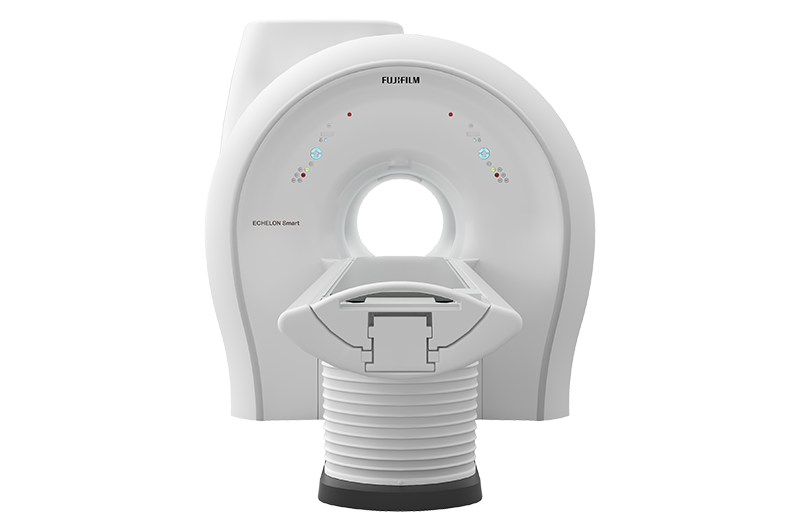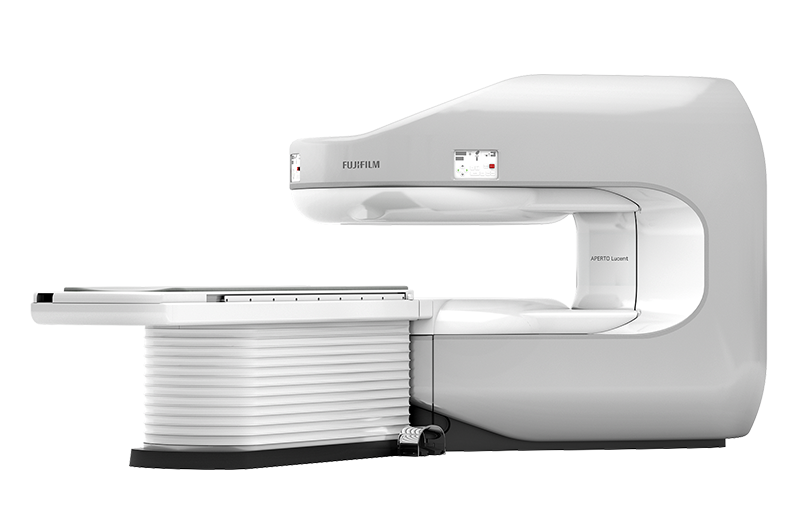Magnetic resonance imaging (MRI) is a widely used diagnostic imaging technology. Images are produced by placing the patient in a gradient magnetic field, delivering radiofrequency pulses to the patient, and processing the resulting electromagnetic signals emitted from the region being examined.
In most MRI scanners (closed MRI), the patient examination table is positioned in a long, narrow tube. Some patients experience claustrophobic reactions. These reactions can often be managed using sedation or anesthesia, but in some cases the scan cannot be completed. Also, large persons cannot fit into the tube aperture.

Open MRI scanners, in which the patient lies between two plates, overcome such difficulties. In one type of scanner, the patient has an option of standing or sitting for some types of examination. Open MRI systems have also been useful in intra-operative imaging and image-guided interventions, because of the easy access to the patient.

The image quality that is obtainable from an MRI scanner is partly related to the field strength of the magnet. Higher field strength systems produce better quality images (higher signal-to-noise ratio, fewer motion artifacts, and higher resolution]. The first types of open MRI scanners used magnets with a comparatively low field strength (0.2T – 0.5T), while closed MRI scanners have higher magnetic field strength (usually 1.5T or more). The lower strength magnetic fields in the open scanners, and the lower volume and uniformity of the gradient magnetic field, affect image quality. Longer examination times can partially compensate for the difference in image quality produced by low-field strength machines, but longer times reduce patient throughput, and increase the likelihood of motion artifacts.
Because of this point, the examination time of open MRI scanners will be longer than that of closed MRI scanners, compensating for the noise when scanning, or the investment and operating costs of open MRI scanners are lower. The distinction between the types of MRI systems has become less clear because of the development of open scanners with mid-field strength magnets, and associated improvement in image quality and reduction in examination time.
Currently, Fujifilm is one of the few companies providing both solutions: open MRI and closed MRI, suitable for a wide range of patients, as well as the investment budget of each hospital/clinic.
References: Open magnetic resonance imaging (MRI) scanners. (2006). The Canadian Agency for Drugs and Technologies in Health.